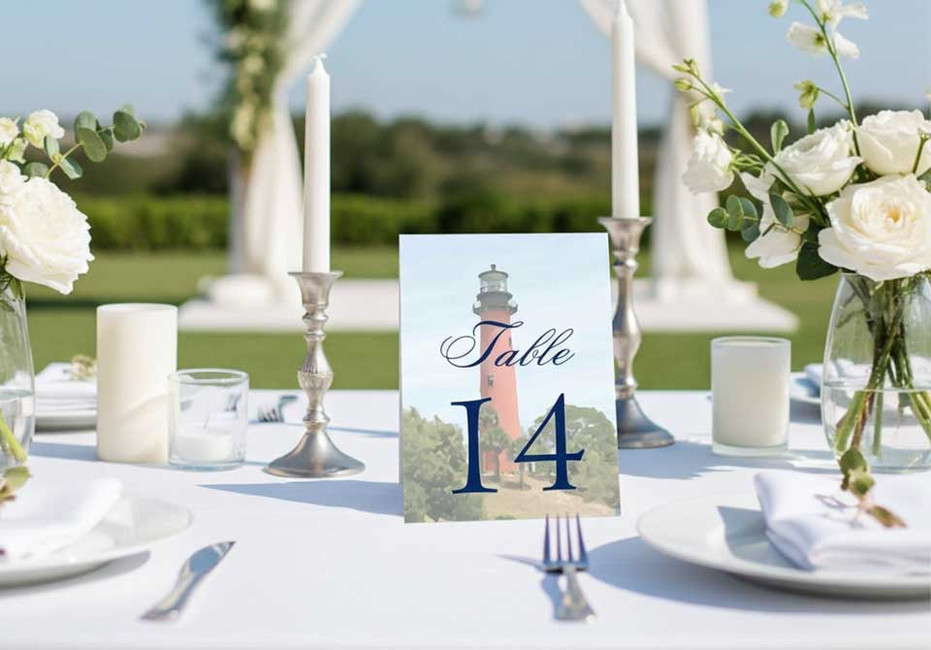Is 7 Months Too Late for Save the Date?
Sep 1st 2025
Is 7 Months Too Late for Save the Date?
Planning a wedding, a reunion, or a milestone party often comes with a long to-do list, and one of the most important items on that list is the save the date. But what happens when you realize you’re seven months out and you haven’t sent anything yet? Is seven months too late to send a save the date, or is there still time to pull off a smooth, stylish announcement that sets the tone for the event? In this post, we’ll explore the timing, the best practices, and practical tips for making seven months work in your favor.
Understanding the purpose of a save the date
Before we dive into timing, it’s helpful to recall why couples send save the dates in the first place. A save the date serves two main functions: it gives your guests advanced notice so they can reserve the date on their calendars, and it helps you gauge who’s likely to attend, which in turn informs the planning process for invitations, venue headcounts, and catering. With seven months to go, you still have a healthy runway to organize guest lists, travel plans, and accommodations, especially for out-of-town visitors.
Is seven months actually late?
The answer depends on several factors, including the type of event, the season, and your guest list. Broadly speaking:
- Weddings: For a wedding, save the dates are commonly sent 6 to 12 months in advance for local guests and 9 to 12 months for destination weddings. Seven months sits near the lower end of the typical window, but it’s far from unacceptable. If many guests have busy schedules or require travel, a save the date at seven months is a thoughtful gesture that can still work well.
- Family reunions or milestone parties: These can often be scheduled with shorter notice, but sending a save the date seven months ahead is still beneficial, especially if you expect guests to coordinate travel and time off work.
- Corporate or formal events: The expectations can vary, but seven months is usually sufficient for most planned gatherings.
If you’re now seven months out, you’re not too late. In fact, many couples adjust their communications to fit late timelines by adding extra clarity and flexible options.
How to craft an effective save the date at this stage
Sending a save the date with seven months to go requires a few smart decisions to maximize impact and minimize confusion.
- Choose the right format: Traditional rectangular cards, postcard-style notices, or digital save the dates all have charm. If you’re short on time, a well-designed digital save the date via email or a wedding website can be faster and more eco-friendly.
- Include essential details: Who, what, where, and when. For save the date, you typically want to include the couple’s names, the date, the city or venue, and a note like “Formal invitation to follow.”
- Use a clear call to action: Guests should know to reserve the date and anticipate a formal invitation. If it’s a wedding, you might add that accommodations and travel details will be provided later.
- Set expectations: Since seven months is a bit shorter than the classic 9–12 month window for guests who need to arrange travel, communicate any flexibility on venue dates, alternate events, or potential changes.
Design and branding: making the save the date memorable
A save the date doesn’t have to be boring. It’s a chance to express your style and set the mood for the event.
- Visual theme: Align the save the date with your wedding or event theme. Color palette, typography, and imagery should hint at the overall aesthetic, whether romantic, rustic, modern, or playful.
- Personal touches: Consider including a photo, a short message, or a fun detail that reflects your relationship. Even a QR code linking to your wedding website can streamline future updates.
- Readability: Ensure the text is easy to read, especially for guests who may be viewing on mobile devices. Keep essential information prominent and legible.
Logistics and guest management with seven months to go
The timing of your save the date also affects how you manage guests.
- Guest list accuracy: Use this window to finalize your guest list, especially for venues with limited capacity. A save the date helps lock in counts early.
- Travel planning: For out-of-town guests, seven months gives ample time to book flights, hotels, and local transport.
- Accommodation blocks: If you anticipate many guests needing lodging, you can coordinate group rates later, but having a save the date helps seed the plan.
- Budget considerations: Digital save the dates can save costs, while printed cards may be preferred for a traditional feel. Weigh your options based on budget and environmental impact.
Alternatives and tips for late timing
If you feel seven months is tight, here are practical alternatives and tips:
- Move to a “save the date” that emphasizes flexibility: “Save the Date: October 12, 2025. Details to follow.” This signals a fixed date but leaves room for updates.
- Use a wedding website: A central hub can deliver all the necessary information as soon as you confirm details. Guests can RSVP later as needed.
- Prioritize core guests: If some invites are time-sensitive (family members or key guests), consider sending targeted save the dates first while you finalize others.
- Combine with a teaser: A digital teaser via social media or email can create buzz while you finalize formal invitations later.
Final thoughts
Seven months is not too late to send a save the date. In many scenarios, it’s a reasonable timeframe that still allows you to manage logistics, guest communication, and expectations effectively. The key is to be clear, intentional, and timely in your messaging, and to choose a format that suits your schedule and budget. By prioritizing essential details, aligning design with your event’s tone, and leveraging a wedding website or digital options, you can turn a late save the date into a smooth and stylish step in your planning journey. Remember: the goal of a save the date is to empower your guests to keep your date free and excited for the celebration ahead.




